Dye Sublimation vs. Digital Printing
Crafting the perfect imprint on fabric: delve into the artistry of dye sublimation vs. digital printing. Discover nuances, environmental impacts, and expert insights. Explore Subli Genius Print for guidance in your fabric imprinting journey.
In fabric imprinting, the clash between dye sublimation and digital printing unveils a captivating narrative, often overlooked amidst the technicalities.
It’s akin to the difference between an age-old painting technique and the precision of a modern-day digital rendering, each with its unique artistry and intricacies.
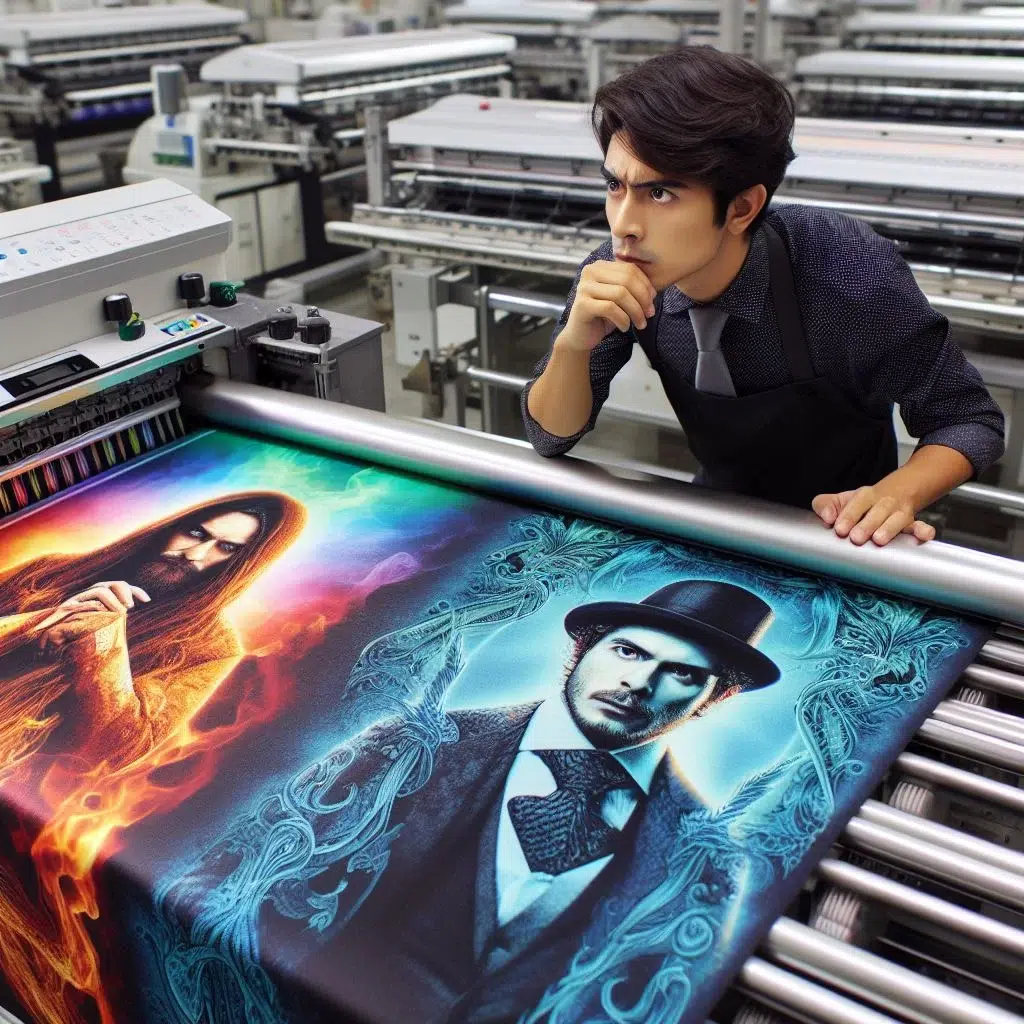
Understanding the Artistry
Dye sublimation, an artistic science, weaves its magic through heat transfer, transforming dyes into gas and permeating the fabric’s fibres. On the contrary, digital printing, akin to a digital canvas, embodies a meticulous inkjet process, imprinting designs directly onto the fabric’s surface.
Dye Sublimation:
Dye sublimation, a method steeped in finesse, seamlessly integrates with polyester-based materials, igniting a molecular bond that results in vivid, permanent, and wash-resistant designs. Its unparalleled ability to achieve photo-realistic quality and durability in fabric imprinting is outstanding.
| Printer Model | Print Size | Print Speed | Subli Genius Print Rating |
|---|---|---|---|
| Epson SureColor SC-P800 | Up to 13″ x 19″ | 9 pages/min (Color) | ⭐⭐⭐⭐⭐ |
| Sawgrass Virtuoso SG800 | Up to 13″ x 19″ | 15 pages/min (Color) | ⭐⭐⭐⭐ |
| DNP DS-RX1HS | 4″ x 6″ to 6″ x 8″ | 12 seconds/photo | ⭐⭐⭐⭐ |
| Mitsubishi CP-K60DW-S | 4″ x 6″ to 6″ x 9″ | 11 seconds/photo | ⭐⭐⭐⭐ |
| HPN Signature Series | Up to 13″ x 19″ | 16 pages/min (Color) | ⭐⭐⭐⭐ |
Digital Printing:
Conversely, digital printing leverages inkjet technology to reproduce designs swiftly, allowing for intricate details and varied colour spectra. It’s highly versatile, accommodating various fabric types, offering flexibility in small print runs, and demonstrating an impressive colour vibrancy.
| Printer Model | Print Size | Print Speed | Subli Genius Print Rating |
|---|---|---|---|
| Epson SureColor P800 | Up to 17″ x 22″ | 9 pages/min (Color) | ⭐⭐⭐⭐⭐ |
| HP DesignJet Z9+ | Up to 44″ | 9 pages/min (Color) | ⭐⭐⭐⭐ |
| Canon imagePROGRAF PRO-1000 | Up to 17″ x 22″ | 12 pages/min (Color) | ⭐⭐⭐⭐ |
| Roland TrueVIS VG2-540 | Up to 54″ | 15.5 sqm/h (Color) | ⭐⭐⭐⭐ |
| Xerox VersaLink C8000/DN | Up to 13″ x 19″ | 45 pages/min (Color) | ⭐⭐⭐⭐⭐ |
Dye Sublimation vs. Digital Printing
Dye sublimation is a process that utilizes heat and pressure to transfer dye from a special transfer paper onto a polyester-coated substrate. The heat causes the dye to sublimate or turn into a gas, penetrating the fibers of the substrate. This results in a permanent and vibrant image resistant to fading, scratching, and peeling.
Digital printing, on the other hand, prints ink directly onto the substrate using a digital printer. The ink used in digital printing can be water-based, solvent-based, or UV-cured. Water-based inks are the most common type of ink used in digital printing, but they are not as durable as solvent-based or UV-cured inks.
Key differences:
| Aspect | Dye Sublimation | Digital Printing |
|---|---|---|
| Printing Process | Heat transforms dye into gas, merging with fabric fibers | Inkjet technology directly prints designs on fabric surface |
| Fabric Compatibility | Primarily polyester-based fabrics | Versatility across various fabric types |
| Print Quality | Exceptional photo-realistic output, durable and wash-resistant | Offers intricate details and vibrant color reproduction |
| Environmental Impact | Often uses polyester, raising sustainability concerns | Offers eco-friendlier options by accommodating natural fibers |
| Applications | Ideal for sportswear and soft signage due to fade-resistant prints | Versatile for fashion and home decor with adaptable fabric compatibility |
The Unexplored Insights
While many discussions revolve around the visual finesse and endurance of the prints, nuances often evade the spotlight.
Environmental Impact:
Dye sublimation, heralded for its durability, often employs polyester fabrics, contributing to the ongoing discourse on sustainability. Conversely, with its flexibility in working with natural fibers, digital printing presents a more eco-conscious alternative.
Application and Endurance:
Dye sublimation triumphs in sportswear and soft signage due to its fade-resistant nature, yet digital printing finds its forte in fashion and home decor due to its adaptability across varied fabric types.
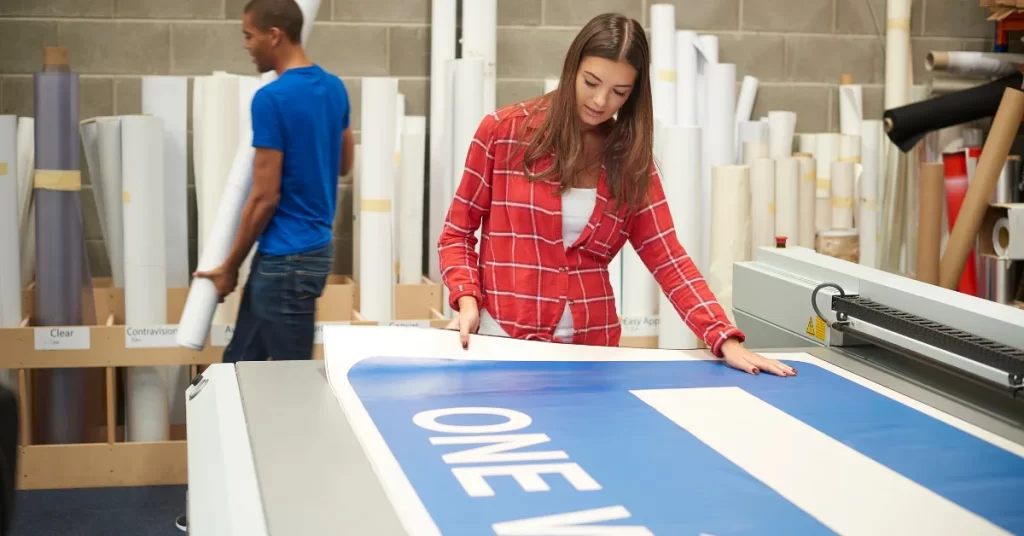
Subli Genius Print: Your Solution Architect
Navigating the intricacies of fabric imprinting demands a guide like this. With a repository of insights, solutions, and products, they decode the dilemmas associated with dye sublimation, empowering informed decisions.
🚀 Elevate Your Printing Game
Professional printing resources for stunning results
Conclusion: A Quest for Imprinting Excellence
Understanding the nuances between dye sublimation and digital printing unveils the dual essence of artistry and practicality in the tapestry of fabric imprinting. Each technique carries its allure, catering to diverse needs and preferences.
So, in your quest for imprinting excellence, which artistic realm speaks louder to your design aspirations: the meticulous precision of digital printing or the finesse of dye sublimation printer?
Through exploration and understanding, the canvas of fabric imprinting awaits your artistic touch.
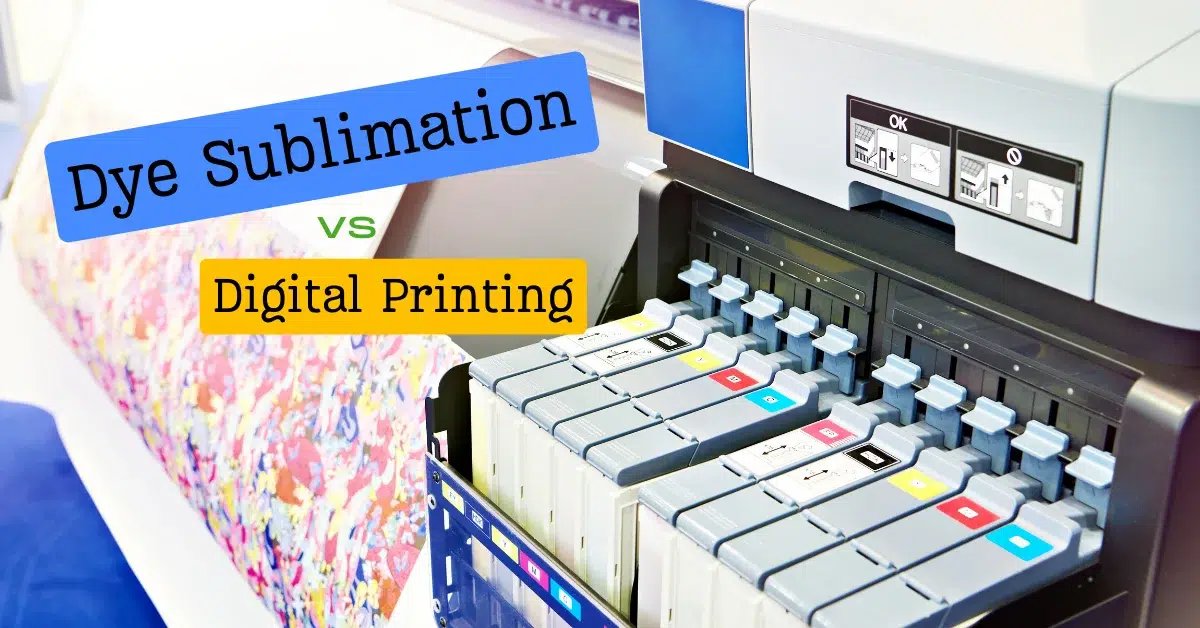
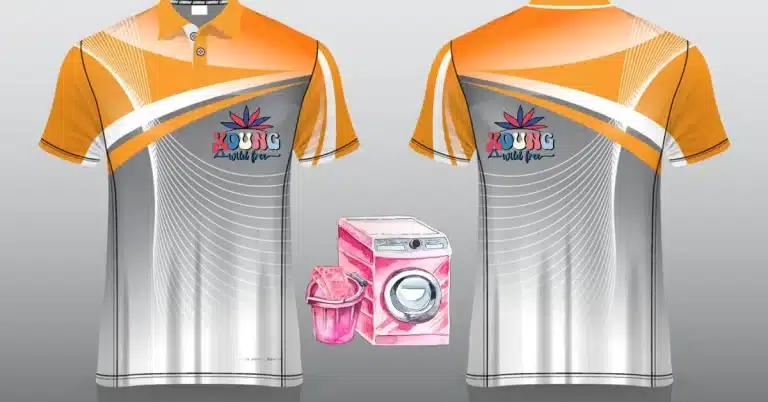

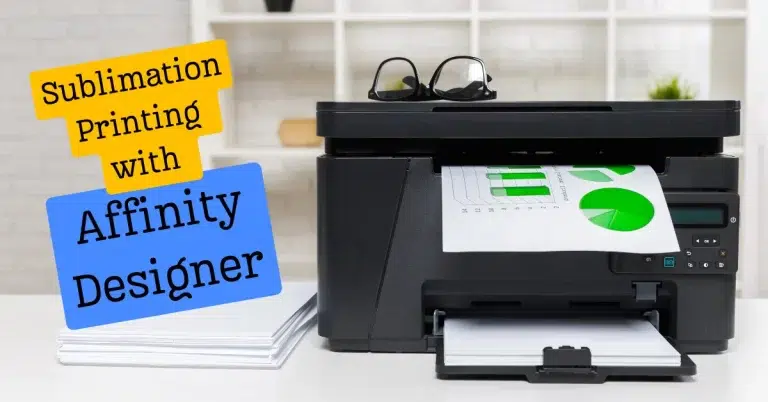

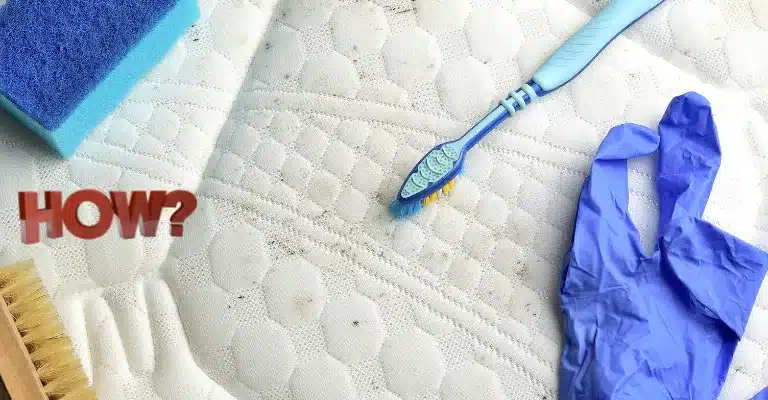

One Comment